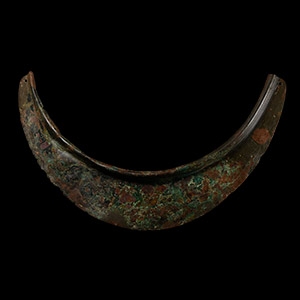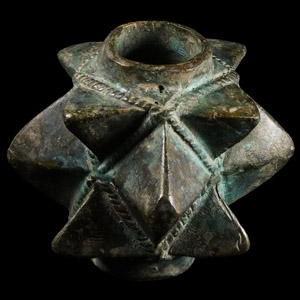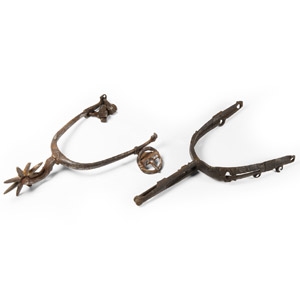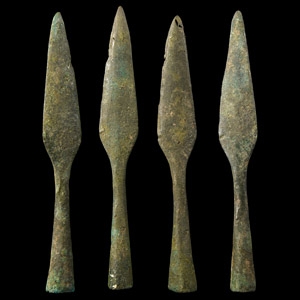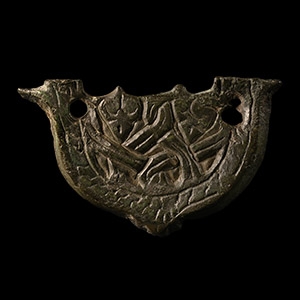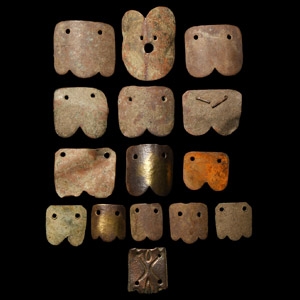Home > Auctions > 23 - 27 May 2023
Ancient Art, Antiquities, Natural History & Coins
Auction Highlights:
Private collection before 1937.
Private collection, acquired February 1937, thence by descent.
T.S. collection, UK, 1963.
Cf. Waurick, G., 'Helme der Hellenistiche Zeit und ihre Vorlaufer' in Antike Helme, RGZM Monographien 14, Mainz, 1988, pp.151ff., and item 50, p.439-440, for type; Dintsis, P., Hellenistiche Helme, Roma, 1986, pp.130,283ff., (I), pls 53, no.3 or 58, nos.1,2 (II).
The browband comes from a pseudo-Attic helmet of Thracian type (example from Brjastovec) or of a pseudo-Attic type with a high cap and fitted with a browband. These helmets, after prototypes already visible in the 5th century B.C., are typical of the Hellenistic era. The browband, if not fixed, was attached under the helmet's bowl, on the sides, by two rivets.
Acquired 1971-1972.
From the collection of the vendor's father.
Property of a London, UK, collector.
See Wilkins, A., Roman Imperial Artillery, Solway Print, 2017.
The operation of the onager (Latin for 'wild ass') is first mentioned in 353 A.D. by Ammianus Marcellinus in his Res Gestae and more fully in Vegetius's Epitoma Rei Militaris probably written in the reign of Emperor Theodosius I (378-395 A.D.).
Acquired by the vendor's father on the UK art market, before 1990.
Acquired 1990s-early 2000s.
East Anglian private collection.
Acquired in Munich in the 1970s.
From an old German collection.
European collection, 1990s.
Property of a Cambridgeshire, UK, gentleman.
Acquired on the EU art market around 2000.
From the collection of a North American gentleman.
From the collection of a North American gentleman, formed in the 1990s.
Cf. Paulsen, P., Schwertortbänder der Wikingerzeit, Stuttgart, 1953, item 207, for type.
Acquired 1980-2015.
Ex Abelita family collection.
Cf. The Metropolitan Museum, New York, accession number 56.102.1, for very similar; see Godard, A., Les Bronzes du Luristan, Paris, 1931, pl.XIX, no.58, for a similar mace; see also Christie's, The Axel Guttmann Collection of Ancient Arms and Armour, part 1, London, 2002, p.24, nos.18-19; Khorasani, M. M., 'Bronze and iron weapons from Luristan' in Antiguo Oriente: Cuadernos del Centro de Estudios de Historia del Antiguo Oriente, 7, 2009, fig.8.
This gorz mace head belongs to the category of truncheon-shaped mace-heads, a type developed on the Iranian plateau during the Bronze Age, used by Elamite and Luristan warriors since the 3rd millennium B.C. This category of objects was also interpreted as a part of a shaft or cudgel, but most scholars agree on the interpretation of use as a mace.
Acquired from Czerny's Auctions, Italy, 2016, lot 15.
The Kusmirek Collection, UK.
Accompanied by copies of the Czerny's paperwork.
Sold as an exempt item under Section 58 (2) of the Firearms Act, 1968, to be held as a curiosity or ornament. No license required but buyer must be over 18 years of age. Overseas bidders should note that, due to UK regulations governing export of all firearms, overseas buyers will need to make arrangements for shipping this lot out of the UK directly, by air freight, with a specialist company or agent.
The Kusmirek Collection, UK.
Cf. D'Amato, R., Salimbeti, A., Post Roman Kingdoms, Dark Ages Gaul and Britain, 450-800, Oxford, 2023, p.37, letters A, D, for similar.
This object is not typical of 'squama' which usually has scales that are rectangular with one rounded end, and numerous attachment holes at the square end in pairs. However, it can be a type widespread in the post Roman age, with various specimens found in Britain (PAS SWYOR-CA6BBB, BM-95F434 and NCL-34BE90.
Acquired 1990s-early 2000s.
East Anglian private collection.
Cf. similar swords in Farkas, T., ‘Lovassági szablyák a XVIII-XIX. Században (Cavalry sabers in the XVIII-XIX century,'in Hungarian)’ in Magyar Huszar es Katonai Hagyomanyorzo Szovetseg 2017, pp.1-10, figs.pp.7-9.
The two sabres, with the particular hilt and steel scabbard, seems to have affinities with Hungarian sabres of about 1837-1838, destined to staff and senior officers of the Austro-Hungarian Kingdom Hussars. At the end of the 1830s, the Austrian military leaders introduced a new type of sabre for the Hussar officers, while the 1837 infantry officer sabre was standardised.
769 - 780 of 2508 LOTS

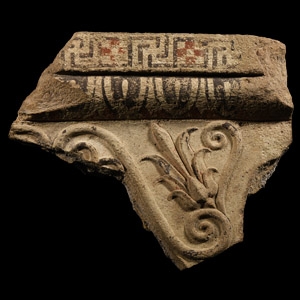
.jpg)


.jpg)
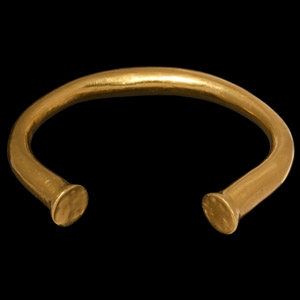
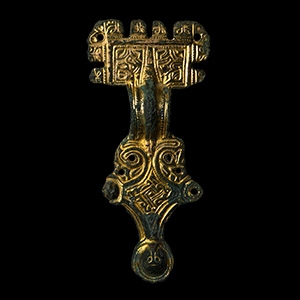

.jpg)
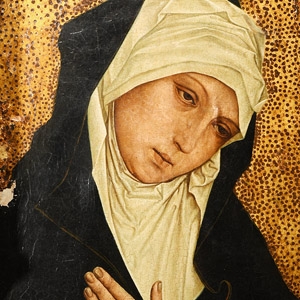

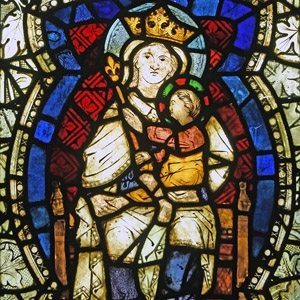
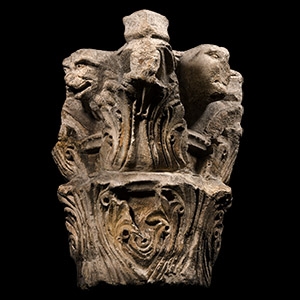
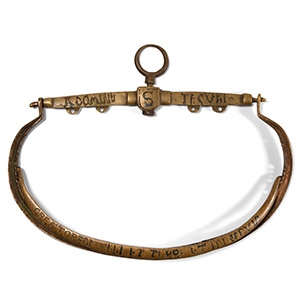
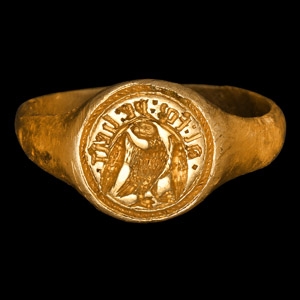
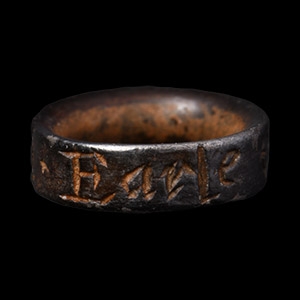
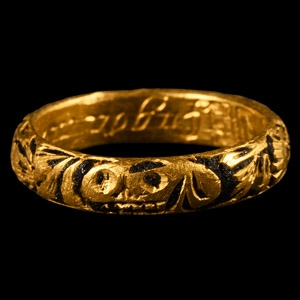
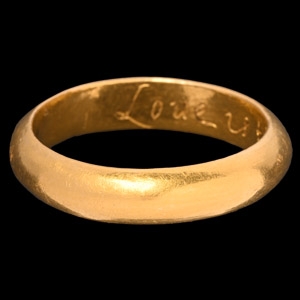
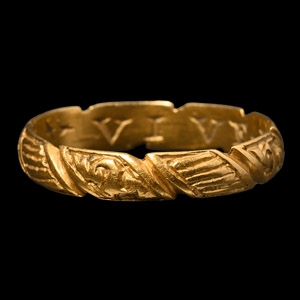
![English Milled Coins - George VI - 1937 - Cased RM Proof Coronation Gold Set [4] English Milled Coins - George VI - 1937 - Cased RM Proof Coronation Gold Set [4]](https://timelineauctions.com/upload/images/items/small/203351-s(2).jpg)
